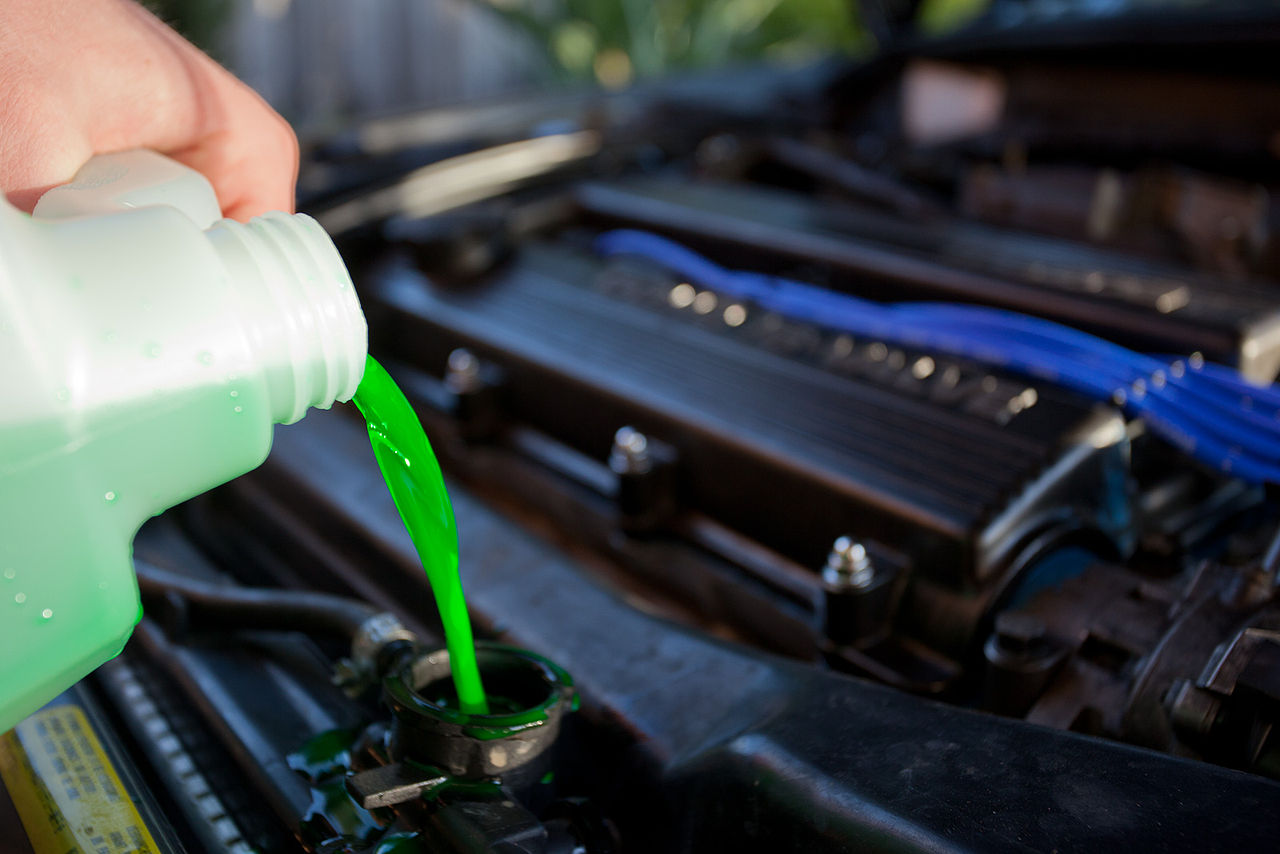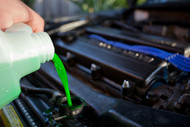Why Does My Car Overheat in Traffic?
4th Nov 2016

Overheating is a serious problem that shouldn't be ignored. The normal operating temperature for most automobile engines is between 195 and 220 degrees Fahrenheit. When temperatures exceed this amount -- even for just a short period of time -- it can lead to catastrophic damage, cracking the engine block and warping the head gasket.
To protect against overheating, modern-day automobiles have a cooling system. Consisting of a coolant-filled radiator, fan, water pump, thermostat, and other related components, it takes heat from the energy and transfers it out through the front of the car (where the radiator is located). But there are times when the cooling system may fail, causing the engine to overheat. If you car overheats in traffic and/or when idling, you should consider the following as possible causes.
Broken Fan
One of the most common reasons why cars overheat in traffic and not elsewhere is a broken fan. If you inspect your radiator, you'll notice it has a fan (or several). These fans are lower the temperature of the coolant by blowing the heat away from the engine. If the fan breaks or otherwise malfunctions, it won't perform this function; thus, causing the car to overheat.
Even if your car has a broken fan, though, it may not overheat when driving on the highway. This is because the sheet speed of highway driving keeps the fan turning, regardless of whether or not it "works." It's only when you stop in traffic or remain idle that the fan blades stop turning and the engine temperature increases.
Air Pocket
Although a broken fan is the most common cause of engine overheating in stop-and-go traffic, an air pocket is another possible cause. Automotive cooling systems are closed, meaning there's nowhere for air to escape. If air enters the cooling system, it becomes trapped here until flushed. And when this air pocket reaches the engine, it takes the place of the coolant, preventing the coolant from reaching and cooling the engine.
Air pockets typically occur from improper coolant flushes and refills. Some drivers assume that it's okay to simply top off their radiator with fresh coolant when it's low. In some cases, this is perfectly fine. In others, it can contribute to air pockets. This is because the coolant lines typically have some air in them, and topping off your radiator simply covers this air.

